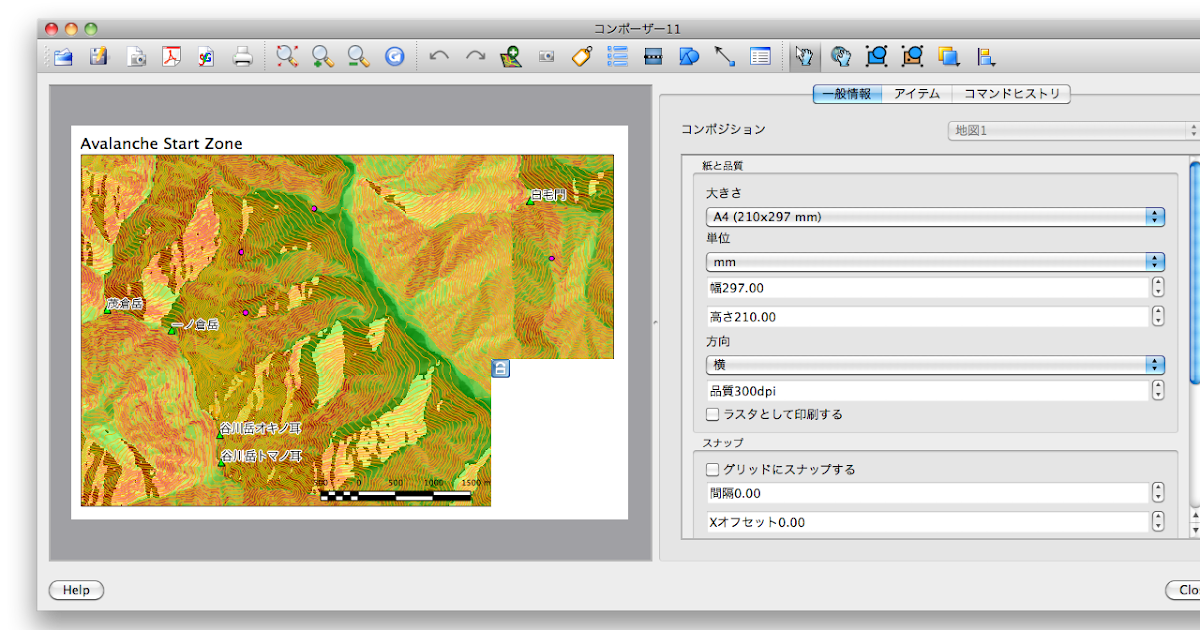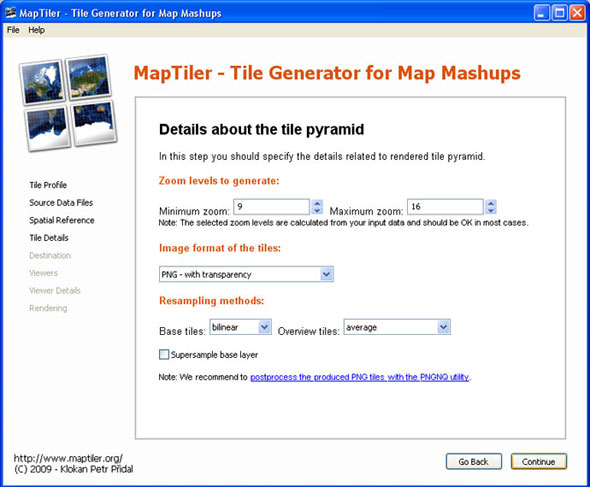

They were then combined together to create one zoomable seamless map for Scotland, England and Wales. All the individual map sheets were cropped to remove their margins and then georeferenced in the British National Grid coordinate system. We have scanned paper map sheets of out-of-copyright Ordnance Survey maps. How the seamless map layers were prepared One-inch to the mile, New Popular edition, England and Wales, 1945-1947.One-inch to the mile, Popular edition, Scotland, 1920-1930.Quarter-inch to the mile, England and Wales, 1919-1921.Quarter-inch to the mile, Scotland, 1921-1923.
Maptiler no html series#
We have chosen recent out-of-copyright Ordnance Survey map series that we have complete coverage of.Īt present the seamless historical map is composed of map sheets from these Ordnance Survey map series: View MapTiler Cloud Terms and Conditions. If you create derivative work, the documentation of your work must contain this attribution. The only condition is that you must display an attribution to the National Library of Scotland, together with a link to our website, whenever our map is used. You can embed the map in your own website, display your own markers or mapping data on top of it, use it for research purposes, or create derivative work from it. The map is provided as an online service under the Creative Commons Attribution 3.0 Unported Licence.
Maptiler no html full#
You can also read the full legal code of the licence. This work is licensed under a Creative Commons Attribution 3.0 Unported Licence. You can also view a Cesium map page with source code.
Maptiler no html how to#


how to embed the historic map in your website.To use the NLS Historic Maps API, you need to create an account in MapTiler Cloud and select the appropriate plan, based on whether your usage is commercial/non-commercial and the monthly traffic you expect.

There is a 'free' tier for all non-commercial subscribers using 100,000 tile requests per month or less, but commercial or higher usage levels are charged for according to the volume of requests. View our Historic Maps Subscription API for details of other map layers available.įrom March 2022, this layer has moved to the MapTiler Cloud API. The mapping is based on out-of-copyright Ordnance Survey maps, dating from the 1920s to the 1940s.
Maptiler no html free#
If you don't have an account already, you can sign up for a free one and use your key in these examples. In this section, we'll be using tiles from MapTiler. Import TileLayer from 'ol/layer/WebGLTile.js' Edit your index.html so we're ready to render a full page map: OpenLayers "node_modules/ol/ol.css" Ĭlear out your main.js and add the following imports: import Map from 'ol/Map.js'


 0 kommentar(er)
0 kommentar(er)
